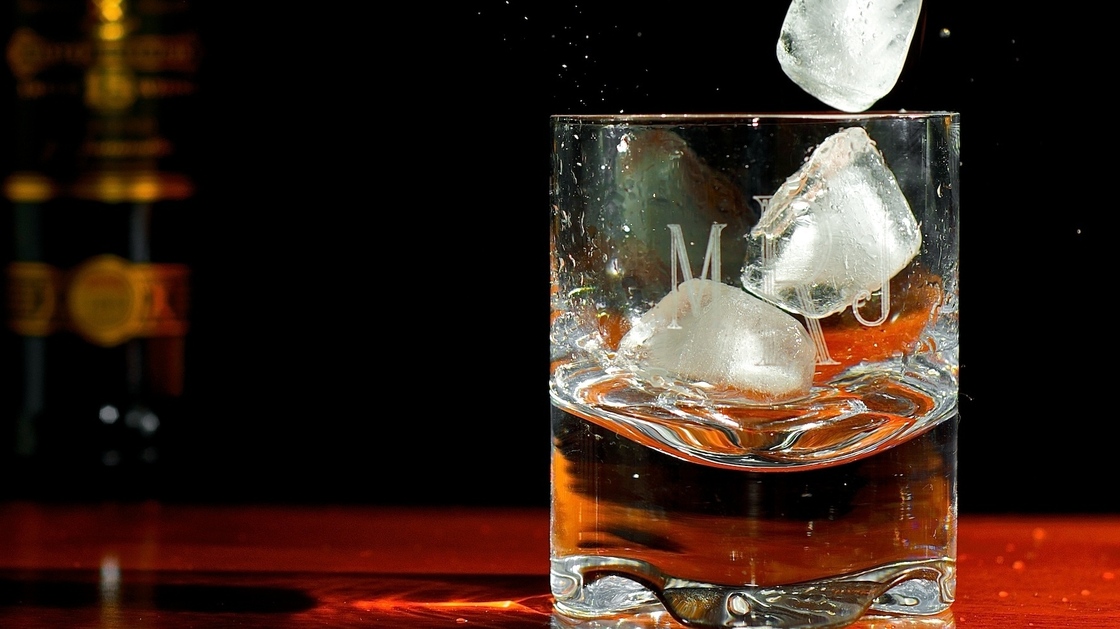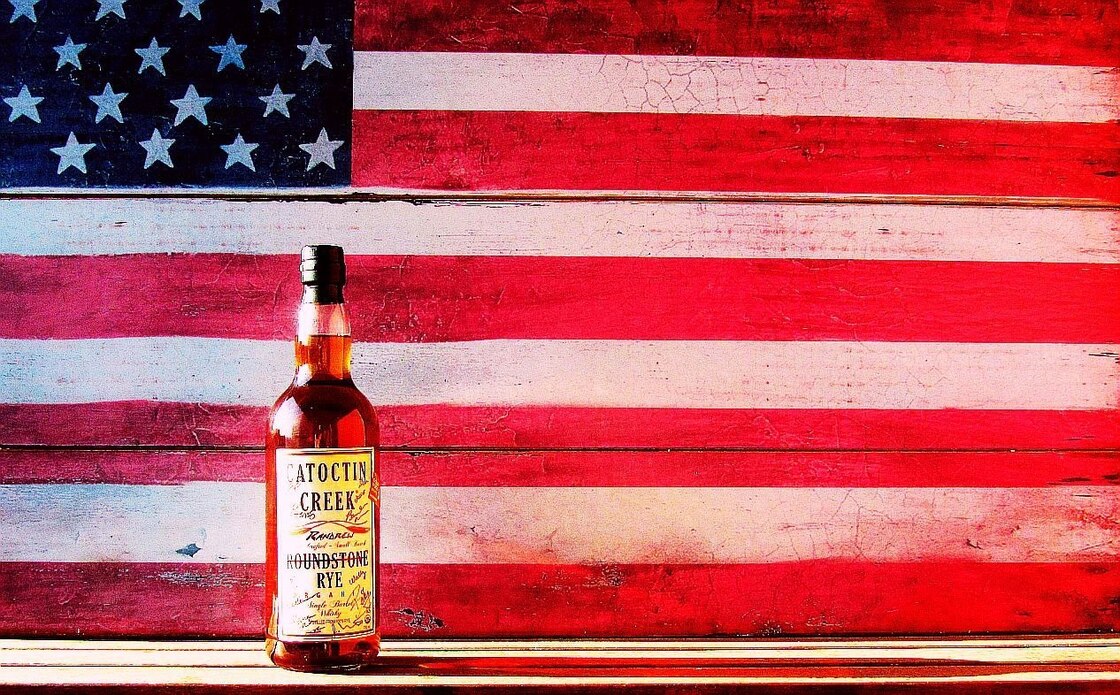A Complex Shot: American whiskeys contain thousands of flavors and aromas derived from the grains, yeast and wood barrels.
Matthew Rogers/Flickr.com A Complex Shot: American whiskeys contain thousands of flavors and aromas derived from the grains, yeast and wood barrels.Matthew Rogers/Flickr.com
A Complex Shot: American whiskeys contain thousands of flavors and aromas derived from the grains, yeast and wood barrels.Matthew Rogers/Flickr.com Ten years ago rye whiskey was on the brink of extinction.
Despite its venerable history as the whiskey made by George Washington, only a handful of distillers were bottling this quintessentially American spirit. And you definitely couldn't order a rye Manhattan at your local cocktail lounge.
My, how times have changed.
Now craft distilleries have popped up across the country devoted solely to making the golden liquor. And hipsters from Brooklyn to San Francisco can impress their friends by commenting on the peppery notes imparted by the rye in their Old Fashioned.
Rye lovers say the whiskey is spicier, edgier and less sweet than bourbon, which is made of corn. But few studies have actually looked at what makes American whiskeys unique — how fermenting rye versus corn changes the taste, aroma and mouth feel of the spirit.
America's Signature Whiskey: Some craft distilleries, like Catoctin Creek in Virginia, are making a whiskey that's 100 percent rye to showcase the grain's spicy, peppery flavor.
Courtesy of Catoctin Creek America's Signature Whiskey: Some craft distilleries, like Catoctin Creek in Virginia, are making a whiskey that's 100 percent rye to showcase the grain's spicy, peppery flavor.Courtesy of Catoctin Creek
America's Signature Whiskey: Some craft distilleries, like Catoctin Creek in Virginia, are making a whiskey that's 100 percent rye to showcase the grain's spicy, peppery flavor.Courtesy of Catoctin Creek Chemist Thomas Collins is trying to fill in those blanks. He and his team at the University of California, Davis, have analyzed the flavor profiles of about 70 American whiskeys, including 38 bourbons and 10 ryes.
In many cases, Collins says, what matters the most for a whiskey's flavor isn't what grain is in the bottle but where the spirit was produced — and what other whiskeys are made at the distillery.
Through their analysis, Collins and his colleagues discovered about 4,000 unique compounds in the 70 American whiskeys, they said Monday at the American Chemical Society's annual meeting in Indianapolis.
That's not so surprising. Any beverage that has been roasted, fermented and then aged in oak barrels is bound to serve up a sensory smorgasbord of compounds.
But when Collins and his team whittled down the list to about 30 to 50 critical flavors in each whiskey, a surprising pattern emerged.
Rye and bourbons made at the same distillery had flavor profiles that looked more similar to each than to other ryes and bourbons, respectively. In other words, each distillery left a stronger fingerprint on the spirit's character than the grain did.
In contrast, the ryes made at operations that don't also produce bourbon had a unique flavor profile distinct from corn whiskeys.
Why? Collins isn't exactly sure, but he thinks a big reason is that the dominating flavors in American whiskeys come from the wood, not the grains or the yeast.
All bourbons — and most ryes — are aged in oak wood barrels that are charred to release an array of flavor compounds. Think vanilla flan, burnt caramel and smoky wood. These compounds seep into the whiskey as the spirit sits in the barrels. If distillers are aging their rye whiskeys in the same type of barrels that they use for their bourbons, then the two liquors wind up with a similar flavor profile.
"When you look at the unaged whiskeys, then you can see the difference between rye and corn bourbons," Collins says. "But once the spirit is put into the barrels, the wood compounds dominate the flavors that come from the grains."
"Craft distilleries — or ones that just focus on making rye — must be doing something different in terms of the aging or the distilling process," Collins says, to get a unique character to their ryes.
Another factor blurring the line between whiskeys is the fact that many ryes don't actually have that much more — er, rye in them than corn, says Scott Harris of Catoctin Creek Distillery in Purcellville, Va.
By law, rye whiskeys must contain at least 51 percent rye. The rest can be corn, wheat or any other grain. The same goes for bourbons, except they need to be 51 percent corn.
"The vast majority of Tennessee bourbon and rye on the market are some mixture of rye and corn together," Harris tells The Salt. "Sometimes it's disclosed. Sometimes it's not."
Recently, more craft distillers — like WhistlePig in New York, Old Potrero in San Francisco and the shop Harris runs with his wife — are starting to make 100 percent rye whiskeys. Then the difference between bourbon and rye becomes crystal clear, says Harris.
"When I taste 100 percent corn bourbon, it tastes like Halloween candy corn. It's super sweet, with almost a caramel-type flavor," he says. "With a whiskey that's 100 percent rye, there's not as much upfront sweetness. And there's a white pepper note at the end that really distinguishes rye from corn."
No comments:
Post a Comment